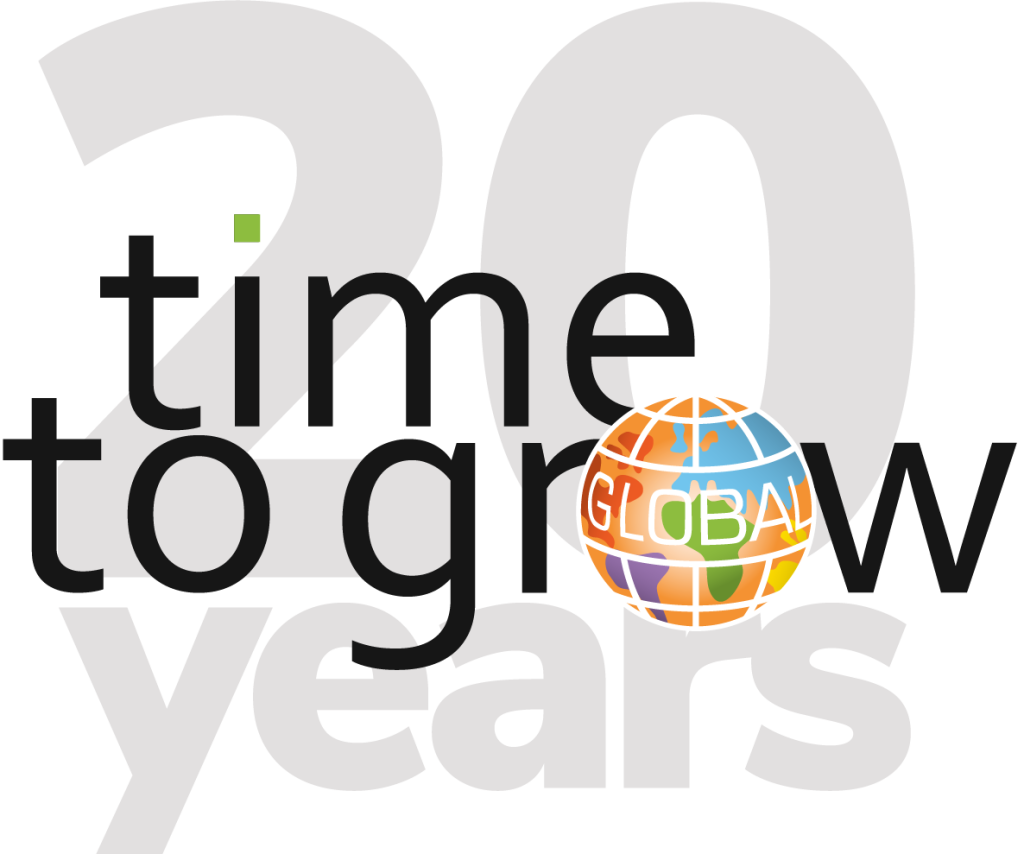Imagine you could pick your own ‘dream team’ for different projects. What would it look like—the best possible combination of people? A group that together, would get things done amazingly. What would your approach be?
For several years now, researchers have been looking into the idea of collective intelligence. Now we have a good idea of what it is in practice, and more findings are looking at how it can be fostered. And it’s intriguing, yet seemingly simple when you think about it.
The idea is that getting a group of the ‘smartest’ or ‘most skilled’ people together for a job isn’t always going to lead to a great outcome. Collective Intelligence is actually about the intelligence of the group as a whole.
 What is Collective Intelligence?
What is Collective Intelligence?
Sometimes referred to as ‘Factor C’, studies have shown collective intelligence relates not to the sum or average of individual group members’ intelligence, but to the makeup of a group.
In companies, our thinking power as a group becomes more than the sum of its parts when we look at three other things. Specifically, findings suggest, these are:
– The degree of social perceptiveness or sensitivity a group can display;
– The opportunities we have to contribute to the conversation; and, perhaps surprisingly,
– The gender makeup of the team.
At this point in time, we are used to hearing about the importance of group structure and dynamics in decision-making. Look anywhere in the literature, in the media, and you’ll come across stories about the dangers of groupthink, for instance—we’ve learned from Enron, the Cuban Missile Crisis, even the movie ‘12 Angry Men’.
So, the idea that we can take steps to enhance collective intelligence is very welcome indeed. The benefits, according to Harvard Law School Professor Cass Sunstein, are manifold. When we have a group with high collective intelligence, we can use multiple perspectives to inform our decisions.
We think more creatively, find new ways forward, and potentially, make more adaptive decisions. We are less likely to fall prey to pitfalls such as ‘not speaking up’ or the strategic drift that can result.
What Does It Look Like?
In my professional experience, I have encountered many instances where teams find themselves unable to move forward. However, we can easily answer this question by looking at the key elements involved. According to MIT’s Thomas Malone, author of Superminds, these are social perceptiveness, equal participation, and more women.
Social Perceptiveness
First, collective intelligence relies on the extent to which individuals in a group can be socially perceptive. Encouraging Factor C thus has design thinking and emotional intelligence implications. The emotional intelligence of individual team members is one part of it—as individuals, we need to be sufficiently self-aware of our communication styles to understand our impact on others. And, of course, we need to be sensitive to others’ premises and their needs.
The other is creating conditions where members can actually practice those emotional intelligence skills. A group with too few people won’t benefit as much from the range of perspectives of a more diverse team, but in a too large group, not all team members will be able to speak up.

Equal Participation
Team diversity is one good thing, but inclusivity is essential for optimal dynamics. Some people may tend, on the whole, to take the floor more than others—or we may just as likely find ourselves doing all the talking. But, clearly, bringing multi-talented people together is not super-effective if those people can’t contribute equally with their thoughts, opinions, and ‘What Ifs?’.
Research shows that groups with high collective intelligence practiced more ‘conversational turn-taking’ than not. Different members could contribute more in turn, and there were fewer instances of ‘conversational hogging’. Ideas flowed more easily and people listened actively within the resulting, less autocratic, environment.
More Women
As increasingly more companies are looking to improve diversity in general, we are seeing some backlash against tokenism. That is, implementing and fulfilling ‘gender quotas’ for the sake of it. However, arguments for upping the number of women in a team also stem from Collective Intelligence findings, for good reason.
Researchers finding correlations between collective intelligence and the number of women on a team typically attribute this to higher levels of social sensitivity as a whole. It may just be, therefore, that women, on the whole, tend to have more Theory of Mind (ToM) skills, as some experts suggest. In that case, then, the gender makeup of a team might not matter too much, but empathy and relationship management skills are integral to Factor C.
How to Encourage Collective Intelligence
It looks like we don’t all have to be friends to get along, therefore. But we do need to treat each other respectfully and think carefully with regard to group design. Here are some tips that may help.
1. Group size matters. Factor C relies on creating a balance between diversity and being physically able to practice social sensitivity. Amazon’s ‘Will Two Pizzas Feed This Group?’ rule is one delicious example of what a ‘too big’ team might look like.
2. Be aware of your communication style. Equal participation relies on the ability to take the floor or step back when the situation calls for it. A team communication styles profile can help members understand their conversational dynamics a bit better, or how they can work better to enhance their C Factor.
3. Include more women. Or, it may appear, think more closely about emotional intelligence. The more we can relate to one another and work together as a diverse team, the more likely we are to boost our Collective Intelligence.
What do you think about the collective intelligence research? Or do you have a professional Factor C story that you can share?
I will discuss how collective intelligence is an important part of a holistic approach to your business in my up and coming book, The Power of Professional Closeness. In the meantime, please do reach out to me on our Time To Grow Global LinkedIn!

Govert is Time To Grow Global’s Managing Partner, specializing in Strategy Facilitation, Leadership development and Organisational performance. Reach him on our Time To Grow Global LinkedIn.



